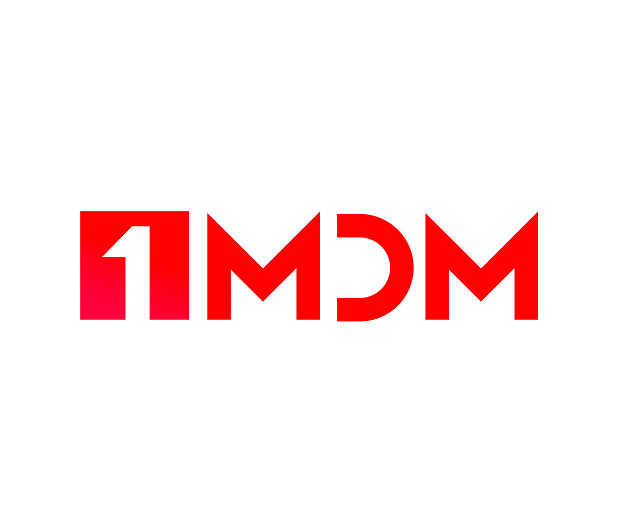Circle Realty
An all-in-one real estate platform
for the luxury market
TEAM
7+specialist
PERIOD OF COLLABORATION
December 2019 - present
CLIENT’S LOCATION
India
Our client is an entrepreneur who has held multiple positions in marketing and sales. Before working with us on Circle Realty , he worked on multiple successful online projects. At the beginning of 2019, he decided to start a new project for the Luxury real estate market, attained investment, and chose SuperLabs to implement the concept. The project is geared to easily scale across multiple countries when the time is right.
Buisness Context
Business challenges
- Identify particularities of and possible risks for the multiplatform end-to-end solution.
- Meet the budget and deadlines while building a feature-rich MVP.
- Manage several groups of external stakeholders engaged in project implementation.
The first product version included all core functionality and ensured advanced user protection from scams.
Product details

3D tours
Circle Realty 3D tours display floor plans and 3D property models. Moreover, users can record virtual tours with audio narration to give context to potential buyers and tenants.
Advanced property search
Easy-to-configure search allows users to apply over 50 filters that look both inside and out of the property. Prioritization and get relevant search results with no duplicate results thanks to synonym support and autocomplete.

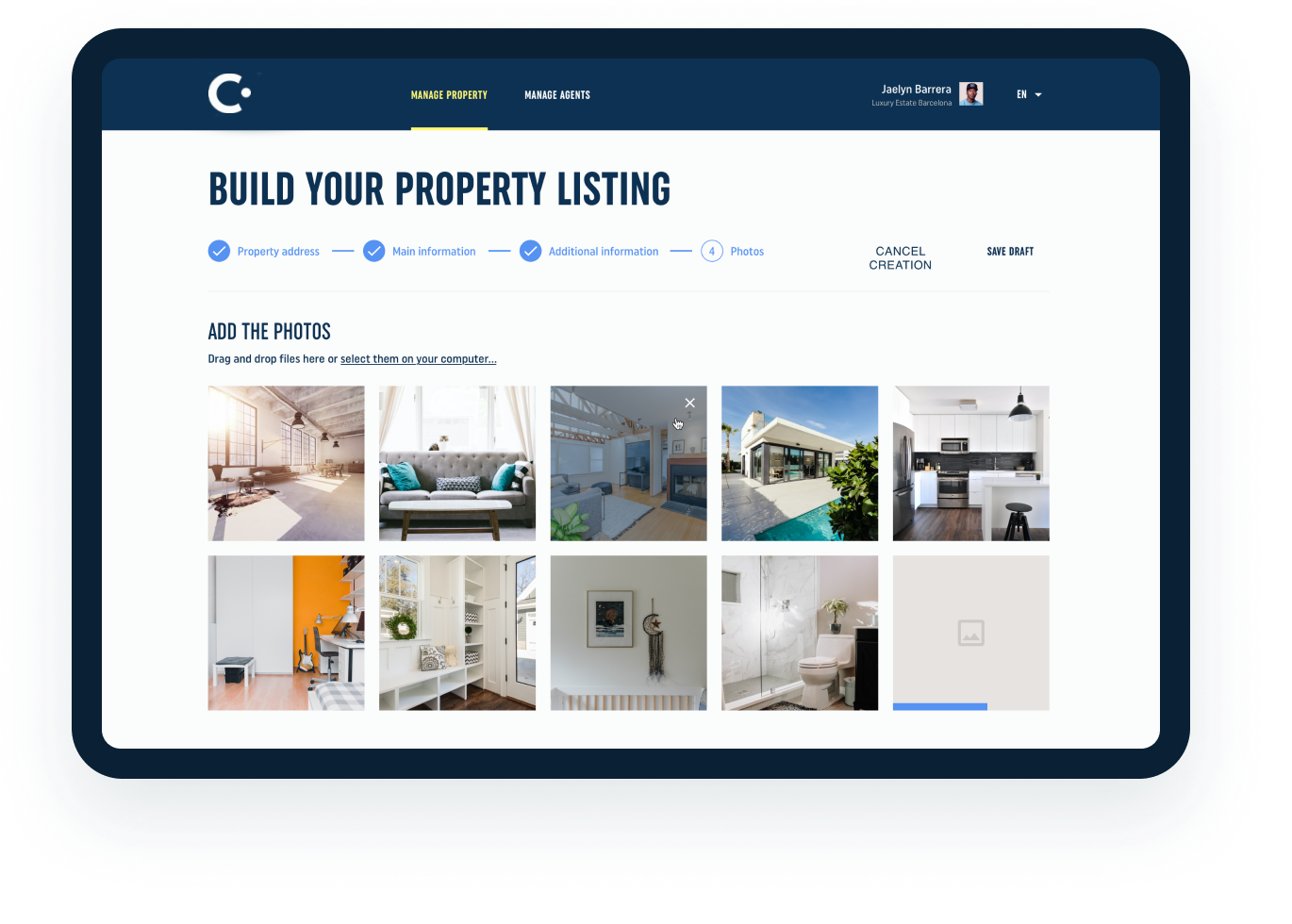
Optimized media service
The platform is capable of simultaneously uploading up to 50 images each up to 20 MB in size for any real estate listing thanks to an optimized media service.
Protection from scams
To protect users from scams, we validate every agency before registering it on the platform. Cadastral numbers are also used to validate information accuracy.
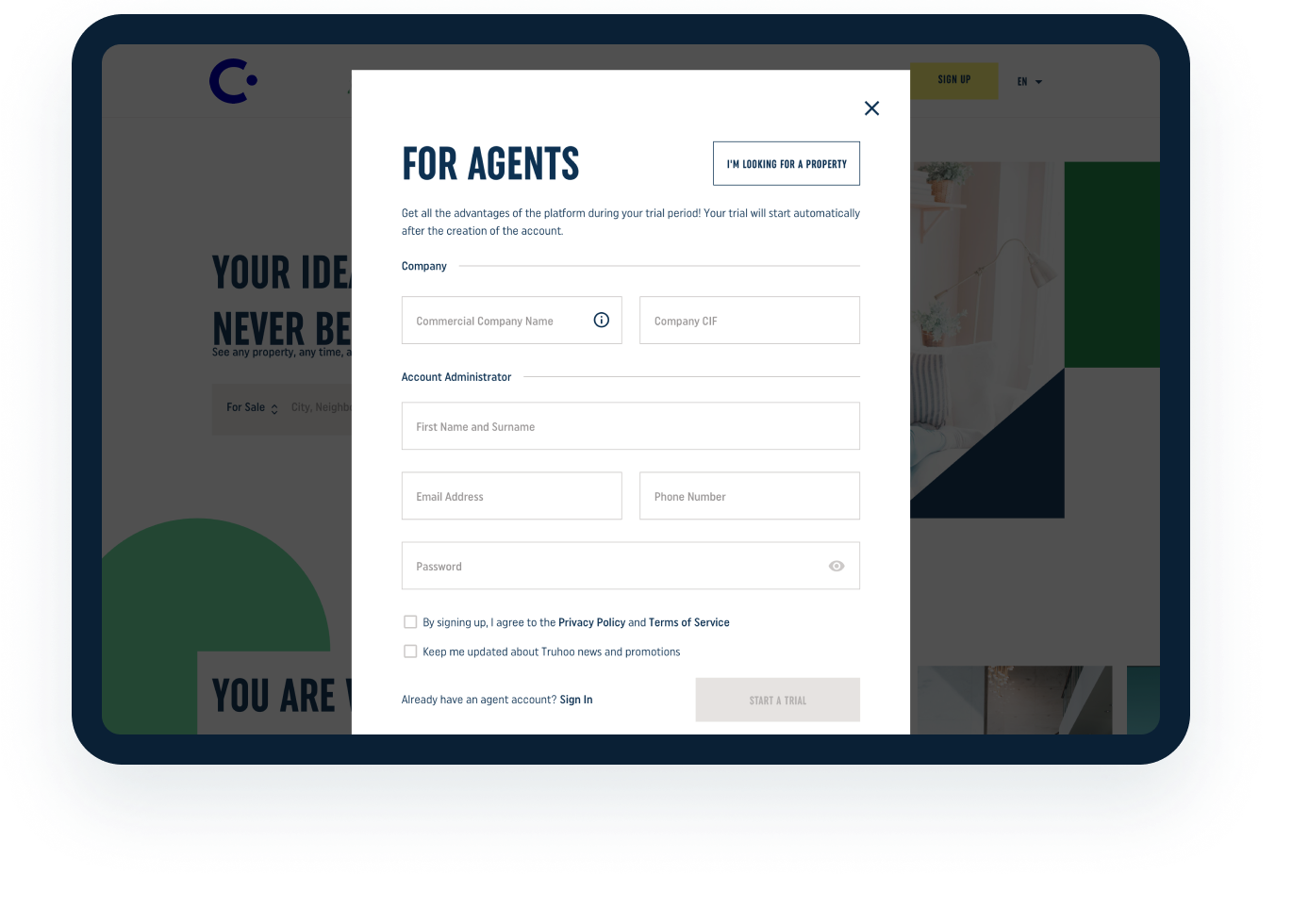
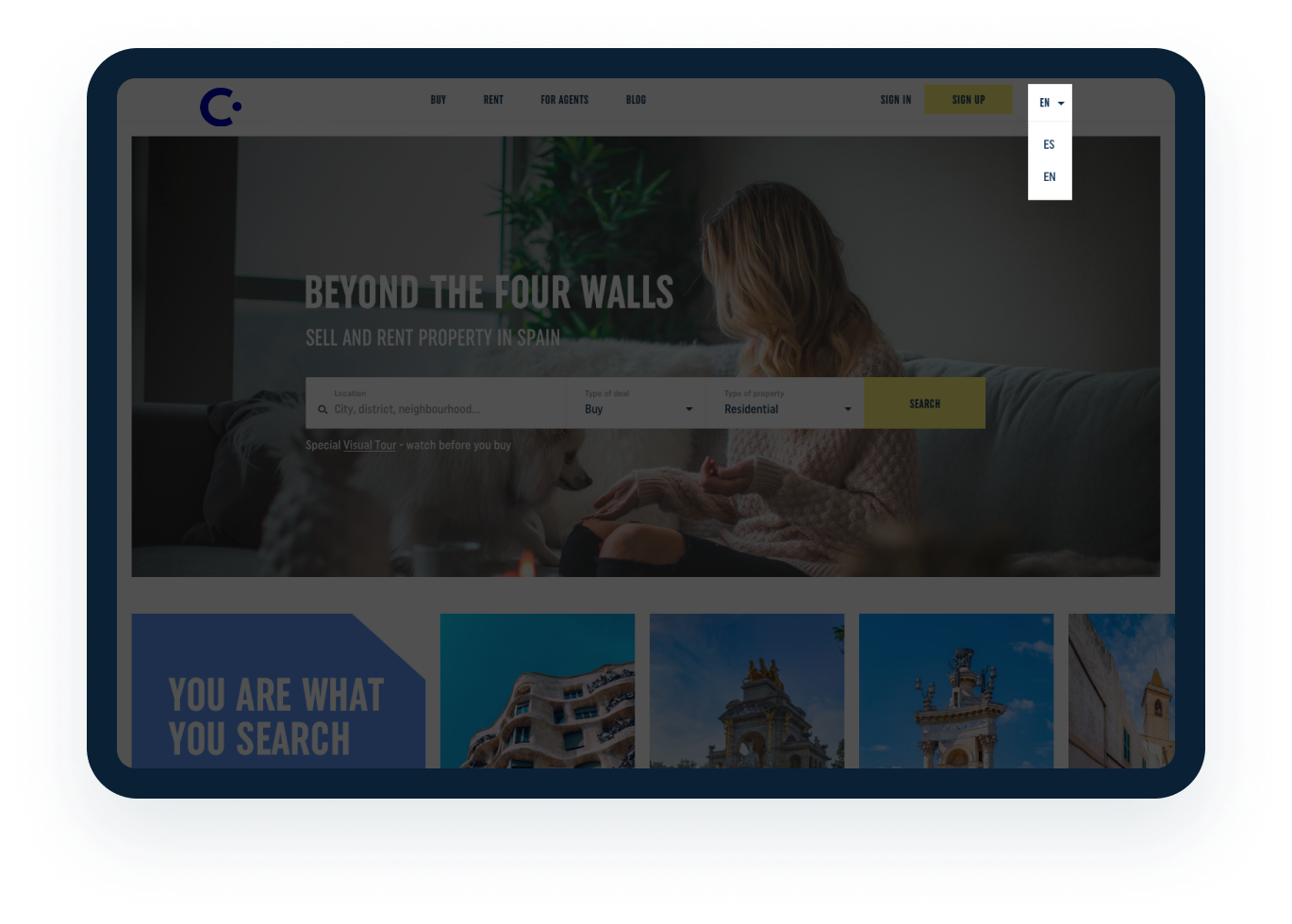
Multi-language support
Luxury - and English-speaking users have access to all information in their native language, which simplifies the process of buying, selling, and renting properties.
Solutions to our client’s business challenges
01 Solutions to our client’s business challenges
For multiplatform end-to-end solutions like Circle Realty, we use an approach that helps us identify the project’s particularities and possible risks at the very start. This approach is especially relevant for projects with budget and time constraints. It includes:
- Collecting requirements from the client and external stakeholders (branding agency, SEO company, lawyers, and more .
- Market research facilitated by subject experts’ input.
- Prioritizing requirements based on information collected.
- Designing the product based on common behavioral patterns among users of similar services.
- Building a solution architecture tailored to the project requirements.
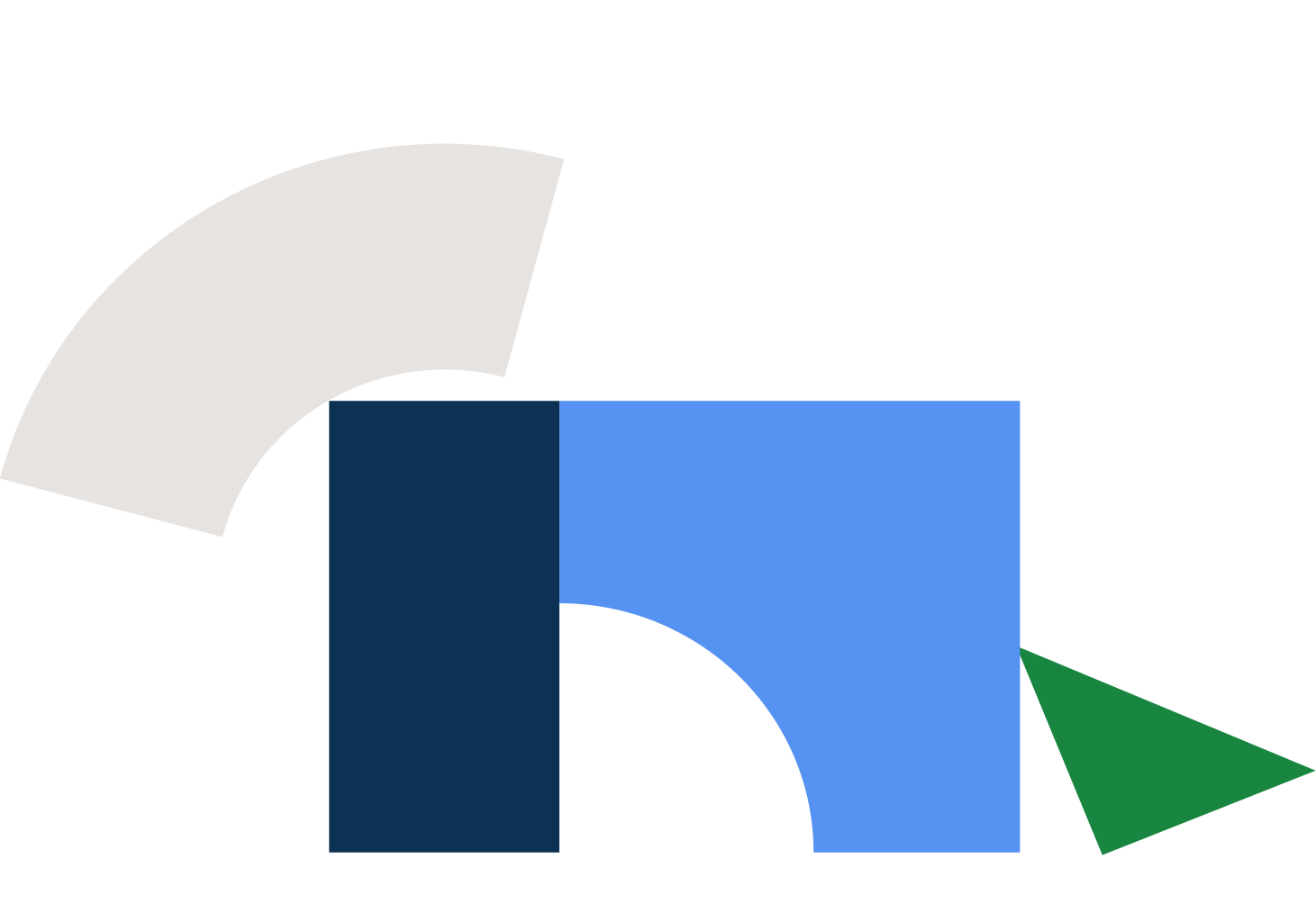
Let’s see how our approach to solution
design works in practice.
Our business analysts follow our standard framework for eliciting initial requirements. This process includes gathering, discovering, extracting, and identifying business, user, functional, and nonfunctional requirements.
Requirements elicitation and prioritization
We also created:
- A product vision board that described the purpose of the product.
- A value stream to understand the scope of work.
- A business objective model that helped us select in-scope features.
Artifacts that helped us establish effective communication for this project included:
- A stakeholder register
- Responsibility assignments.
- A communication plan with times when stakeholders were available and established communication channels.
Along with working with our client’s initial requirements, we conducted competitor analysis of top Luxury and global real estate platforms. This helped us identify common difficulties experienced by users. To analyze these difficulties and find solutions to them, we:
Market research to identify market particularities
- Made sure the product would comply with Web Content Accessibility Guidelines to make our solution accessible for all users, including those with disabilities.
- Performed a heuristic evaluation to check the usability of and identify flaws in competitors’ platforms.
- Conducted overall usability analysis to estimate how easy and effective it was for users to interact with competitors’ platforms.
To better understand the product’s users, we worked with a real estate agent to validate details of their work and examine the software they used.
Involvement of a subject matter expert
Based on our findings, we changed the project requirements as follows:
- Shifted the focus from exclusively satisfying agents’ needs to satisfying property seekers’ needs as well, as property seekers are key to the platform’s success.
- Postponed the creation of a messaging center for communication between agents and customers until a future release, as users more commonly communicate outside the platform.
- Avoided duplicating CRM system functionality for agents, as they use different platforms and are accustomed to tracking leads in their own CRMs.
Market research helped us prioritize and split all planned implementations among product releases. The most essential functionality was included in the MVP to meet the business needs, strict deadline, and budget.
The UI/UX
For the product’s UI/UX, market research helped us:
- Ensure brand identity and a common user experience for both the web and mobile versions of the product
- Create a mind map that described the architecture and visualized connections, scenarios, and decision points
- Simplify and shorten the user flow through implementing common real estate user patterns and minimizing clicks
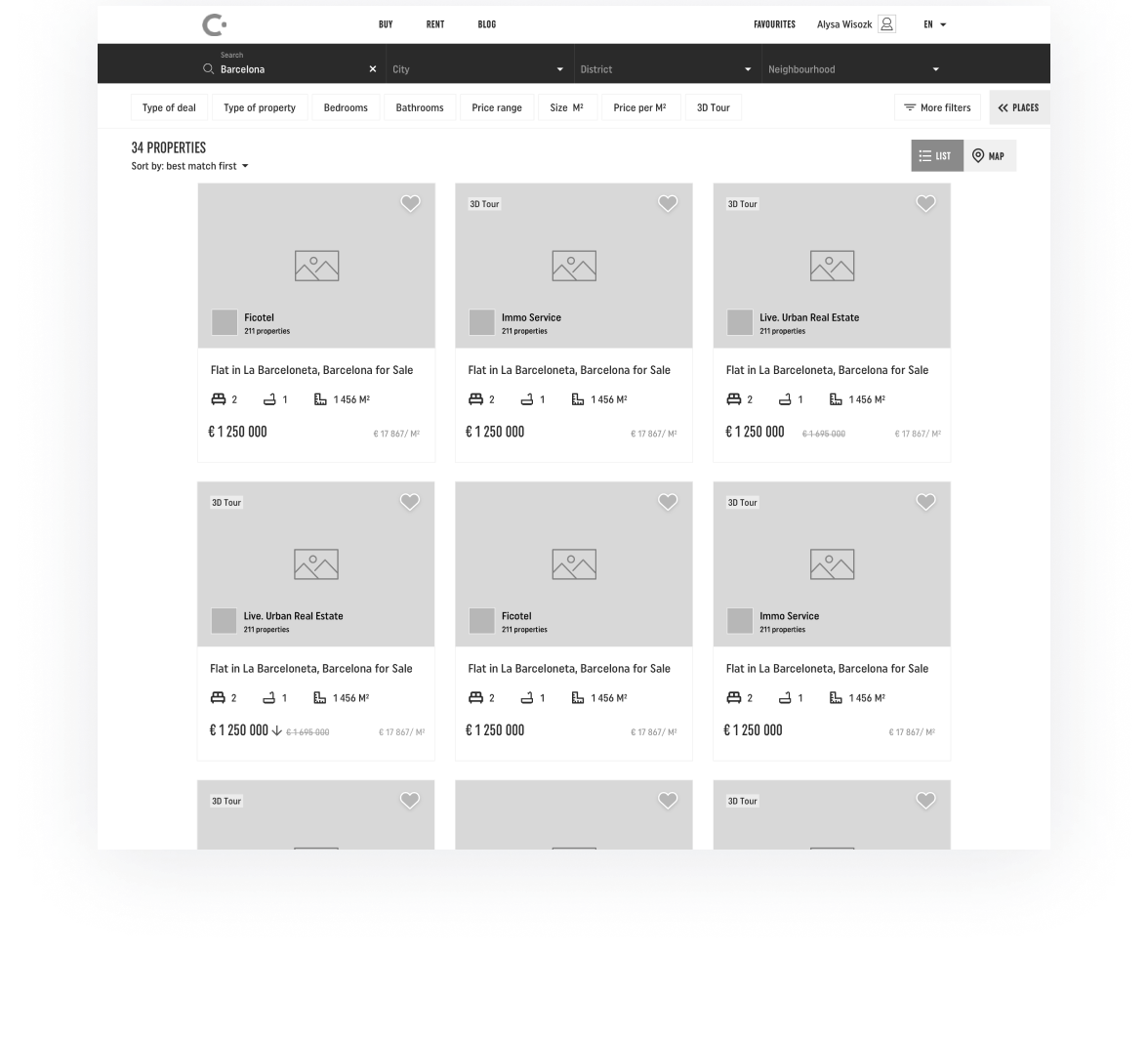
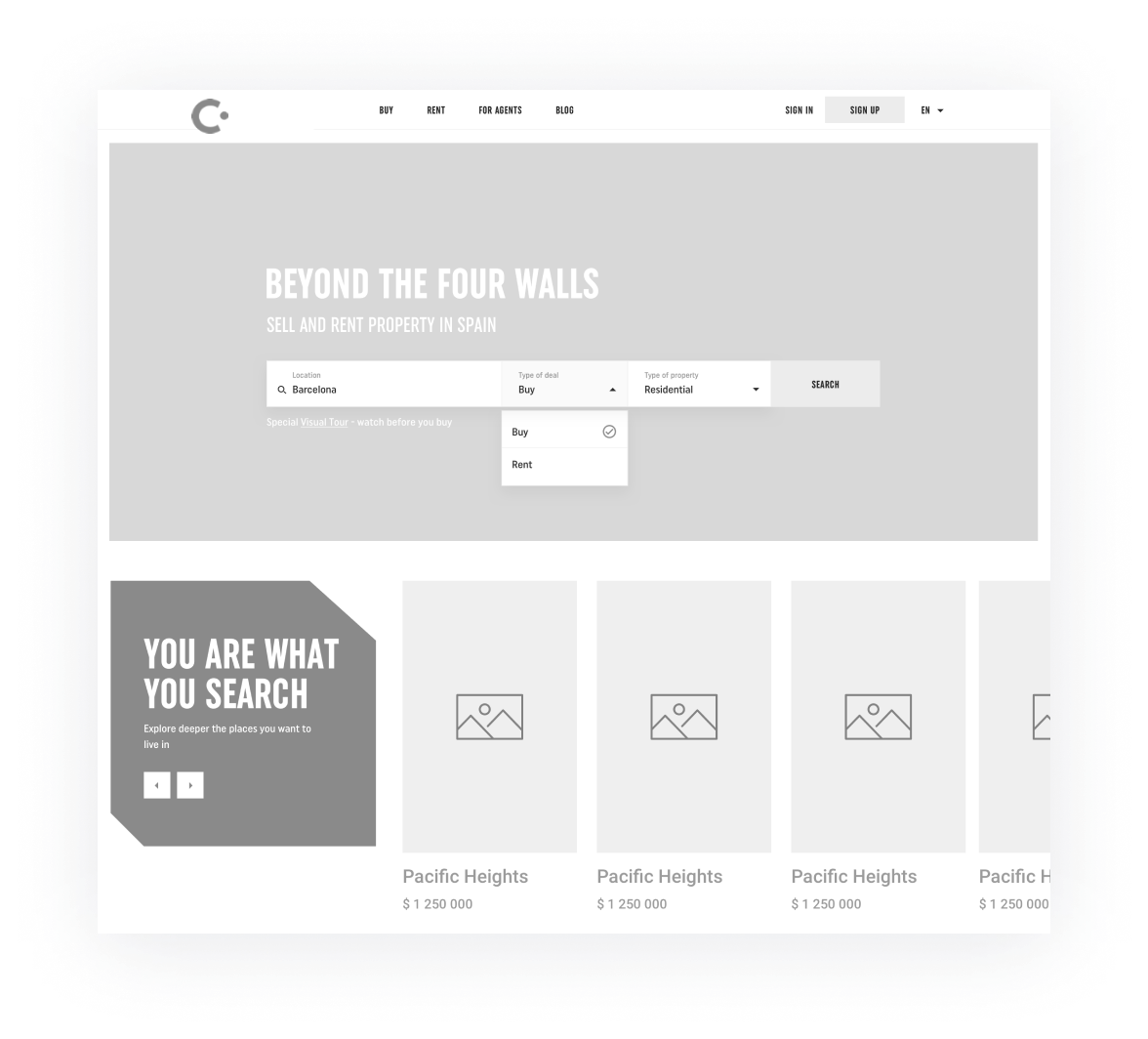
Solution architecture
As a result of requirements processing, market analysis, and the need to meet time and budget constraints, we identified the following architectural requirements:
- Integrate with a mapping service and payment system
- Allow for fast and smooth search and filtration by any number of criteria
- Implement centralized logging and monitoring of hardware, application, and business metrics (based on these metrics, we chose the main places of conversion to monitor and added analytics functionality there)
- Build a scalable and robust system
- Ensure cost efficiency of our infrastructure and third-party integrations
- Enable the system to process and store huge volumes of media data (images, 3D tours, etc.)
- Provide out-of-the-box localization support for all system components
The architectural solution we chose for the project is characterized by the following attributes:
- Integrate with a mapping service and payment system
- Allow for fast and smooth search and filtration by any number of criteria
- Implement centralized logging and monitoring of hardware, application, and business metrics (based on these metrics, we chose the main places of conversion to monitor and added analytics functionality there)
- A fault-tolerant key-value store managed by AWS for temporary data like access tokens and request counters
- A single entry point for any type of client (web, iOS, Android)
- Reusable REST API endpoints for any type of client
- Asynchronous interconnection between system components whenever possible, as required by the microservice architecture and large volumes of data
We also decided to use the following tools and third-party services:
- Elnforma for real estate agency background checks
- Tiny Translator Tool to ensure multi-language support
- EyeSpy360 to implement a 3D tour feature
- Elasticsearch to provide users with flexible search
- AWS Lambda to optimize the media service

Solution architecture for a Luxury real estate platform
This solution architecture helped to ensure cost-effective development, platform scalability, high-load media capabilities, flexible search, must-have integrations, and more. To see an example of such an architecture, please enter your email address, and we'll send you the template straight to your inbox.
02 Meeting the budget and deadlines while building a feature rich MVP
This project had strict budget and time constraints. Our client had attracted investors who allocated a limited amount of funds for platform development. They also required the project to go into production by fall 2020. To remain within the budget and deadlines, we used several project management techniques. COVID-19 forced some unavoidable business changes, but none resulted from missed development deadlines.
Our established framework for project estimation helps us measure the use of project resources to meet budget and time restrictions. By using three techniques, we were able to effectively manage the project’s time and budget:
Meeting the budget and deadlines while building a feature rich MVP
Budget spending estimation
We needed to forecast the amount of money that would actually be spent. To do this, we made Estimate At Completion (EAC) and Estimate To Complete (ETC) calculations using the current indicators. These calculations became part of the project plan and the client’s sprint report to plan the budget.
Parametric estimation
We use this type of estimation when the scope to estimate is huge but we still need to determine the project’s duration and cost. During project implementation, we made two parametric estimates by first estimating 30 and then 70 percent of the scope. The first estimate varied just 11 percent from the second, which 100 percent coincided with the final estimate.
Budget spending estimation
We needed to forecast the amount of money that would actually be spent. To do this, we made Estimate At Completion (EAC) and Estimate To Complete (ETC) calculations using the current indicators. These calculations became part of the project plan and the client’s sprint report to plan the budget.
The following project management practices along with the use of ready-made software solutions helped us speed up project implementation and save money.
Project management practices that helped us manage the time and budget
Parallelizing development processes
To meet the client’s desired completion date and also have a realistic vision of the project, we used a fast tracking technique. It allowed us to ensure different activities were completed in parallel instead of in series.
Measuring project performance
We constantly measured the project performance against the scope, time, and cost to identify potential deviations from the baseline and fix them. Our project manager used a project performance chart showing the interactions of two key project metrics: the Cost Performance Index (CPI) and Schedule Performance Index (SPI). Sharing this information with the client and team helped us ensure high stakeholder involvement and awareness.
Risk assessment sessions
To get a better picture of risks, we conducted risk sessions. They helped us identify and prioritize all possible risks, such as the risk that a third-party tool wouldn’t work as expected, and find ways to prevent them .
Fast sprint planning
Our project manager took the following steps to ensure fast sprint planning.
- Prepared the team’s capacity for each sprint.
- Created a list of user stories with high case estimates.
- Collected all unfixed bugs and uncompleted user stories left from the previous sprint.
- Validated the sprint plan with a business analyst to save time during the sprint planning meeting.
- Shared, validated, and adjusted the plan with the team.
As a result, sprint planning meetings became four times shorter while providing the same effectiveness.
03 Managing several groups of external participants
During development, we cooperated with five groups of external participants, namely the client’s branding agency, real estate agents, a SEO company, lawyers, and translators. We needed to establish smooth communication with them.
We compared our roadmap with the schedules of external participants and identified dependencies and potential blockers. Then we aligned our schedules and established work expectations. We sent external participants constant meeting follow-ups and ensured transparent activity tracking.
Two examples of productive cooperation:
Our client wanted to ensure a fast influx of users to the platform to gauge its benefits. We consulted an SEO company, followed their recommendations, and used SEO-friendly technologies.
SEO optimization
Robots.txt.
We needed to forecast the amount of money that would actually be spent. To do this, we made Estimate At Completion (EAC) and Estimate To Complete (ETC) calculations using the current indicators. These calculations became part of the project plan and the client’s sprint report to plan the budget.
Dynamic XML sitemap
We made the sitemap dynamic. It’s up-to-date, properly reflects the state of the site, and is generated fast to be read by search engines.
Angular Universal
We used Angular Universal, as it allows for uploading page content on the server side so that an SEO bot can see it.
URL building approach
SEO specialists required us to avoid query parameters in URLs while using search filters. We followed the URL parsing mechanism to implement the required type of URLs.
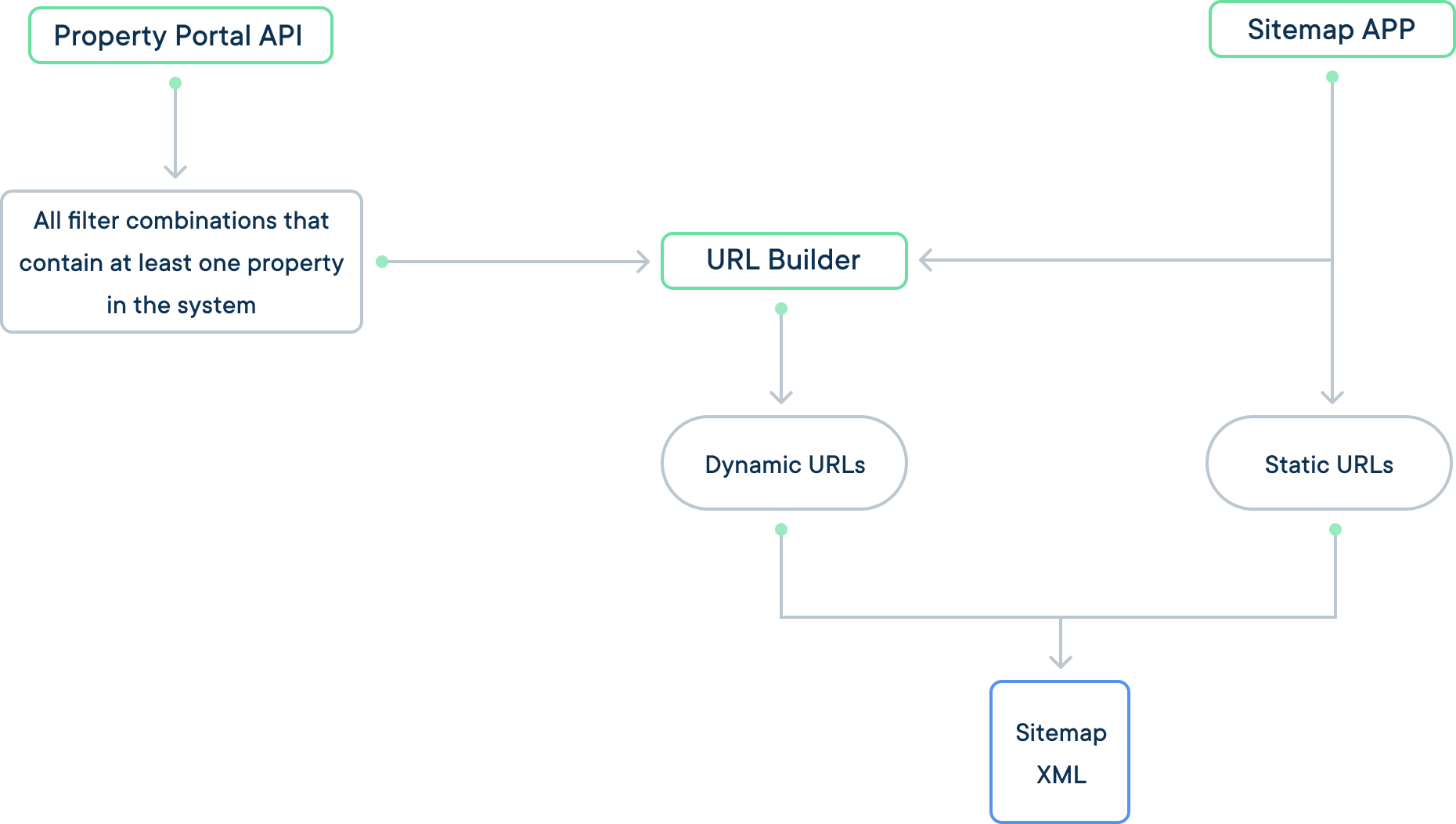
As we were creating an online service for the EU market, we needed to ensure GDPR compliance. We consulted with our client’s lawyers, who reviewed and supplemented our GDPR requirements. We then implemented all requirements on the platform.
GDPR compliance
- A user can subscribe to and unsubscribe from commercial communication.
- A user can request their account be removed.
- We ensured active consent for Terms of Service and the Privacy Policy when registering and re-consent if terms are changed.
- All legal documents have versioning and can be edited from the admin panel
- The Terms of Service, Privacy Policy, Listings Policy, and Cookie Policy are published on the website with the ability to print or save each document as a PDF file.
The released parts of the project were 10 percent under budget, and the project went into production in August 2020, as was required by the client. The developed MVP is:
Project results
- Ready for marketing activities and SEO-friendly
- Filled with sophisticated features that satisfy users’ needs.
- More user-friendly and faster than competitors’ platforms.
- In full compliance with the law and protects users from scams.
- Collecting the first real user feedback, which is being used to polish the service.
Currently, we’re continuing to develop and support the platform. This includes implementing new functionality, processing feedback, refactoring, and fixing bugs.

Conquer the real estate market and beat competition
Having worked with The Circle Realty, the World's leading luxury real estate platform, we can help you build a unique platform with advanced functionality and slick user experience
Get In Touch
